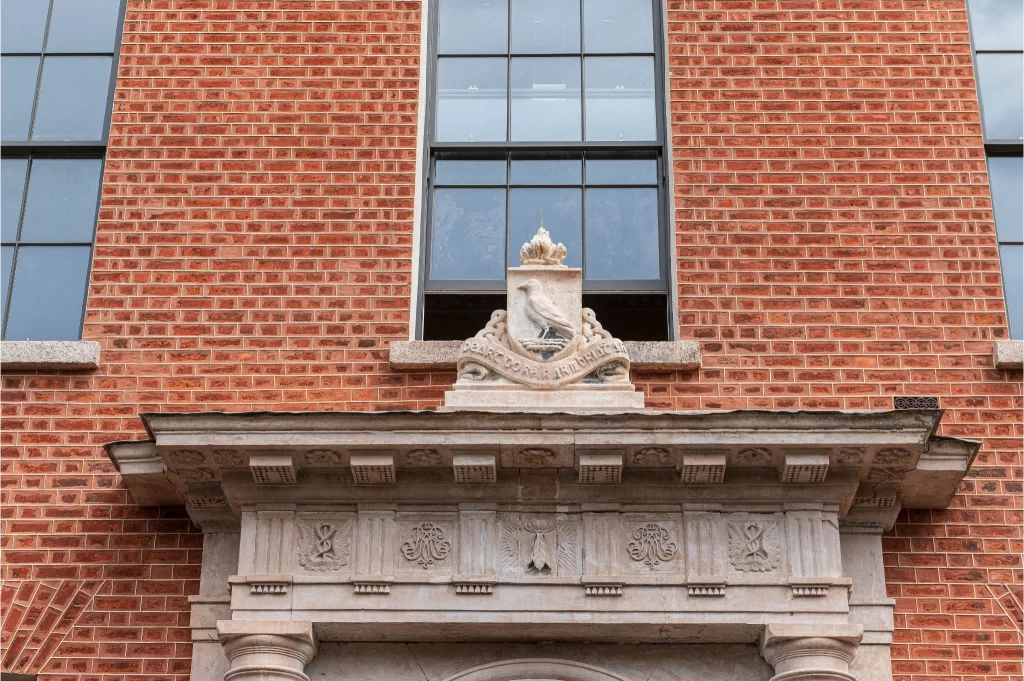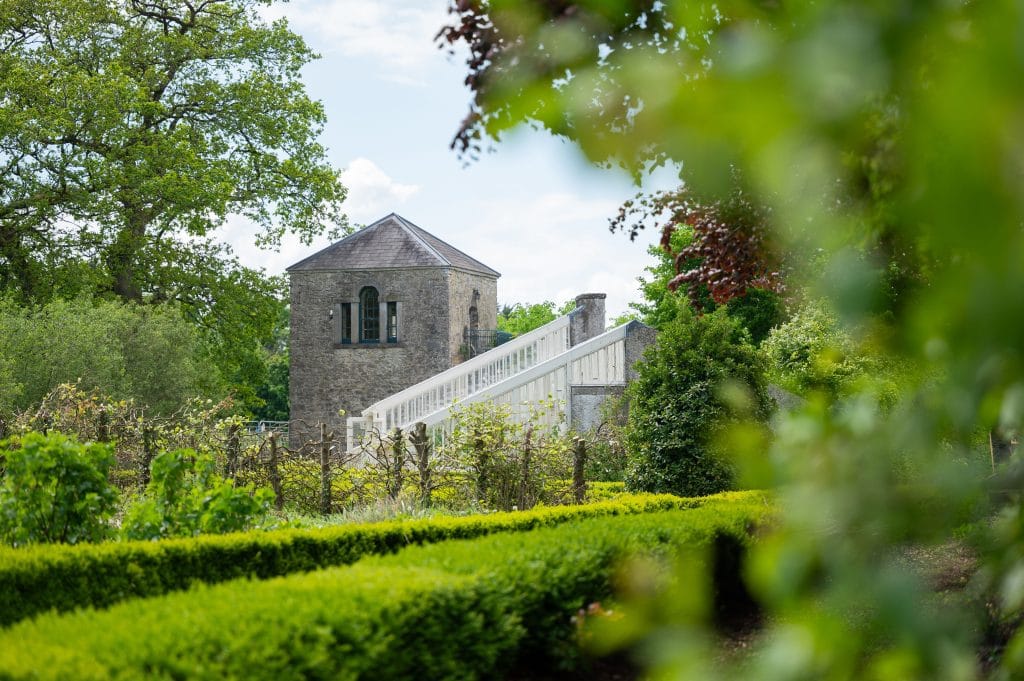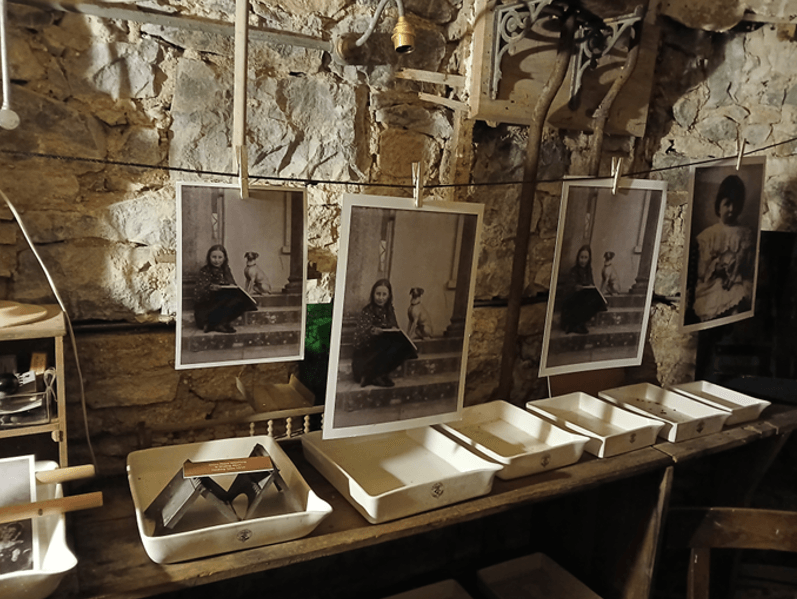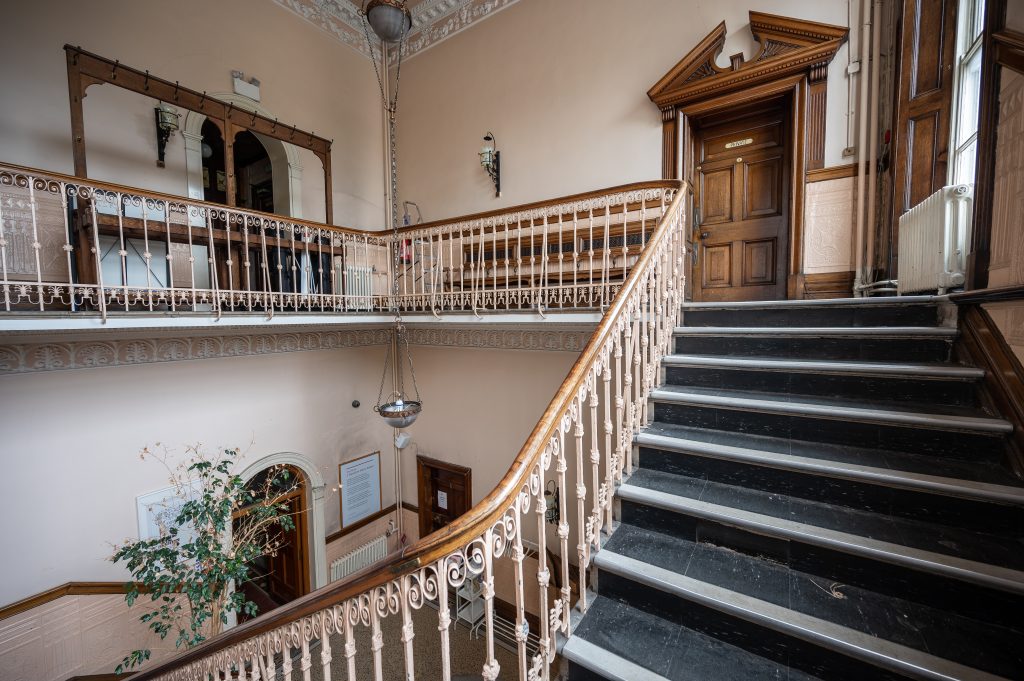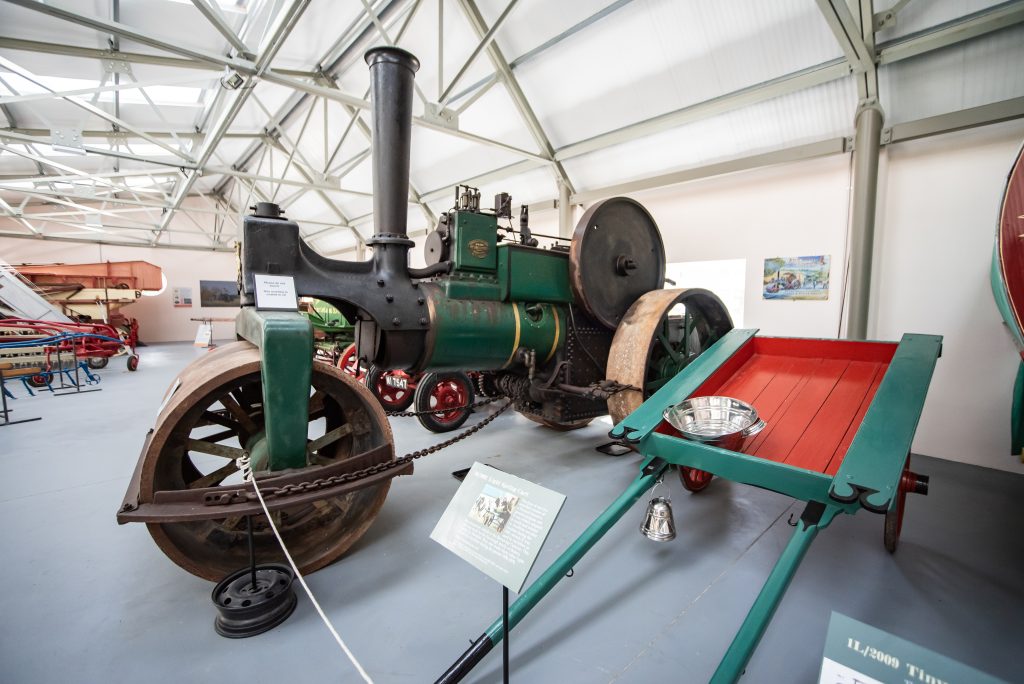9 April 2025
A lesser-explored part of our history at Strokestown is the military connections of the Pakenham-Mahon family. Striking portraits hint at a deep connection to British military service and imperial pursuits—an aspect of the estate’s story that adds another fascinating layer to its rich past.
British Military Connections
As was tradition, many of the young men of the Sanford Pakenham Mahon family served with the British military, contributing to imperial campaigns and both World Wars. Their experiences reflect a wider pattern among the Anglo-Irish gentry where service was seen as a duty – a means of securing social standing and a sense of identity – when many did not feel fully Irish nor fully British. In fact, the Irish landed classes was one of the main sources of officers (or ‘feeder group’) for the British military (Perry, 2011).
A portrait of Major General Sir Edward Pakenham (1778- 1815) hangs in the entrance hall of Strokestown House. Its replica hangs in Tullynally Castle in Westmeath, which is still home to the Pakenham family. A portrait of Edward’s brother, Hercules hangs opposite. Edward lost his life at the Battle of New Orleans in 1815, in a failed attempt to capture the city and take control of the Mississippi River. Not understanding American weather conditions, his strategy led to the defeat of his troops by future U.S. President, Andrew Jackson.
The Packenham Brothers -18th & 19th Century
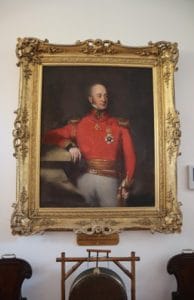
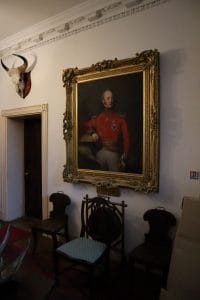
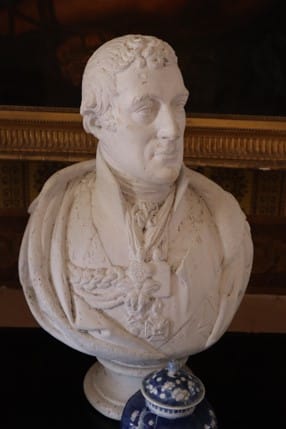
Hercules was far luckier and had a long life and military career. Interestingly, in 1806, a sister of the two men, Catherine Pakenham, married Dublin-born Arthur Wellesley, who was to become the first Duke of Wellington, thus linking the family to one of Britain’s most distinguished military leaders.
A print depicting the Battle of Waterloo hangs in the entrance hall, and identifies the duke and his brother-in-law, Edward. References to this strategic marriage are made throughout the House with portraits of both Catherine, but mostly her husband, the duke proudly displayed for all to see.
20th Century & Military Playroom References
Fast forward to the early 20th century. Throughout the House, in bedrooms and in the children’s toy room and school room, décor, toys and children’s books refer to war, colonialism and the Empire. The walls are decked with prints such as ‘Birdseye View of the Battle of Abu- Klea’ (Sudan on 17th January 1885) amongst many other military prints.
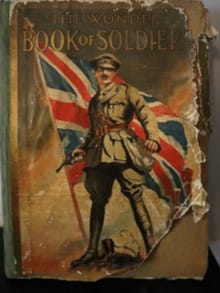

For the inquisitive boy ‘The Wonder Book of Soldiers’ and ‘The Boys Life of Nelson’, provided entertainment – as well as the dexterity puzzle game ‘Rafie’s Rollicking Trip to Berlin’, where players start at ‘London’ and have to get the RAF soldier to ‘Berlin’ and back without losing him. The illustrations here are interesting!

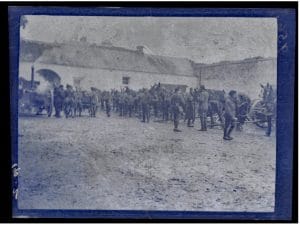
Once used as dressing-up clothes for the young children of the House, three 19th century military dress uniforms are safely conserved in our House collection. With detailed silver stitched cuffs and collars, military buttons and embroidered emblems, these three uniforms were exquisitely made but their size indicates that despite being soldiers, their owners were quite small in stature.
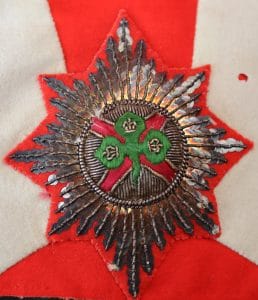
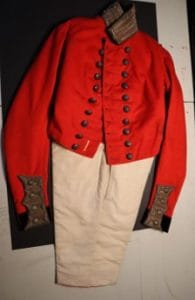
World War I
In July 1914, Olive Packenham-Mahon, the young heiress of Strokestown, married Edward Stafford-King-Harmon of Rockingham Estate at The Royal Military Chapel, Wellington Barracks, London. Within weeks, Europe was plunged into war. Edward, alongside other young men from all strata of Irish society, would be required leave Ireland to serve for King and country. Tragically, he was killed in action on November 6, 1914, at Klein Zillebeke on the Western Front, and he is commemorated on the Ypres (Menin Gate) Memorial.
Photos of Edward are still found throughout the house. After her tragic loss, Olive continued in the war effort and worked as a nurse while based at the family’s London home.
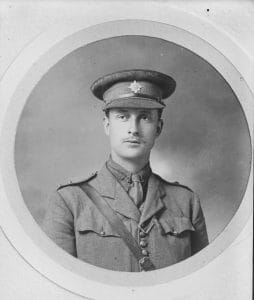

A new museum is being developed to explore all-island heritage of the Irish in the British Army. UNTOLD will tell stories of the Irish in the British Army and will be a permanent visitor attraction. It will tell the story of the Irish soldier in the British Army while connecting with contemporary social and political histories and communities, serving as an educational resource for schools and colleges across Ireland. Untold will open as a single museum on two sites – Phase One at 28 Bedford Street, Belfast, Phase Two at Enniskillen Castle. You can find out more here.
While this project is under development, existing museums are open to the public at Inniskillings Museum, The Royal Ulster Rifles Museum and The Royal Irish Fusiliers.
War of Independence
A difficult time in Irish history, the War of Independence (1919- 1921) saw British military forces stationed at the House and this of course was met with significant local resistance. The estate served as a garrison for approximately 150 soldiers from the 9th Lancers and the East Yorkshire Regiment, under the command of Captain Roger Grenville Peek. It was during this time that Olive met the soldier who would be her second husband, Major Stuart Hales.
Major Wilfred Stuart Atherstone Hales Pakenham-Mahon (1897–1980) had a notable military career. He rejoined the military in 1939 and was part of a military mission to North West Europe in April 1940, returning to England in June 1940. After ending his service in 1946, he returned to Ireland.
There is so much more to explore regarding the military associations of the family and Strokestown Park. Plan a tour of the Palladian House and find out more.
Source: Perry, N., (2011), The Irish Landed Class and the British Army, 1850- 1950. War in History, Trinity College Dublin


